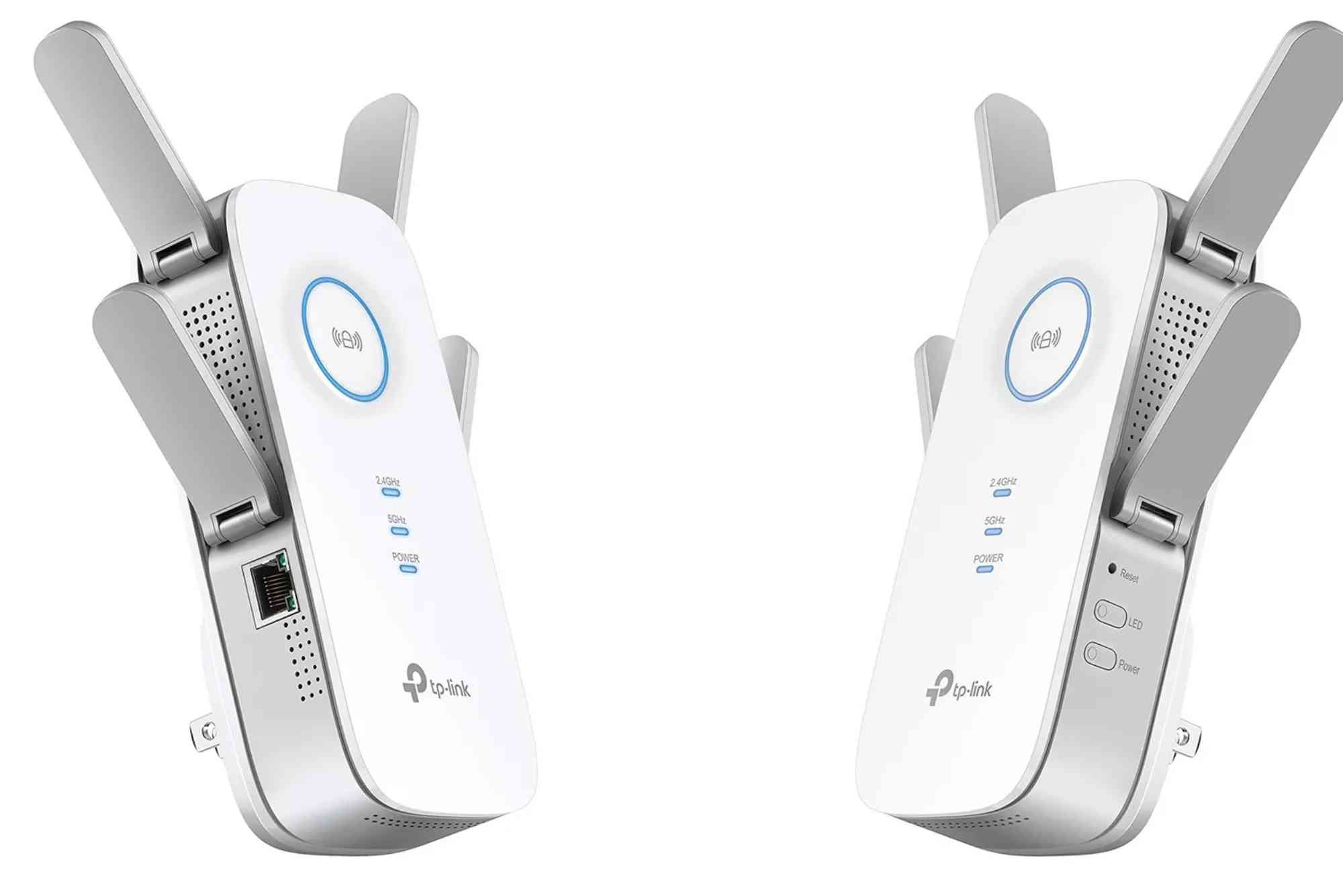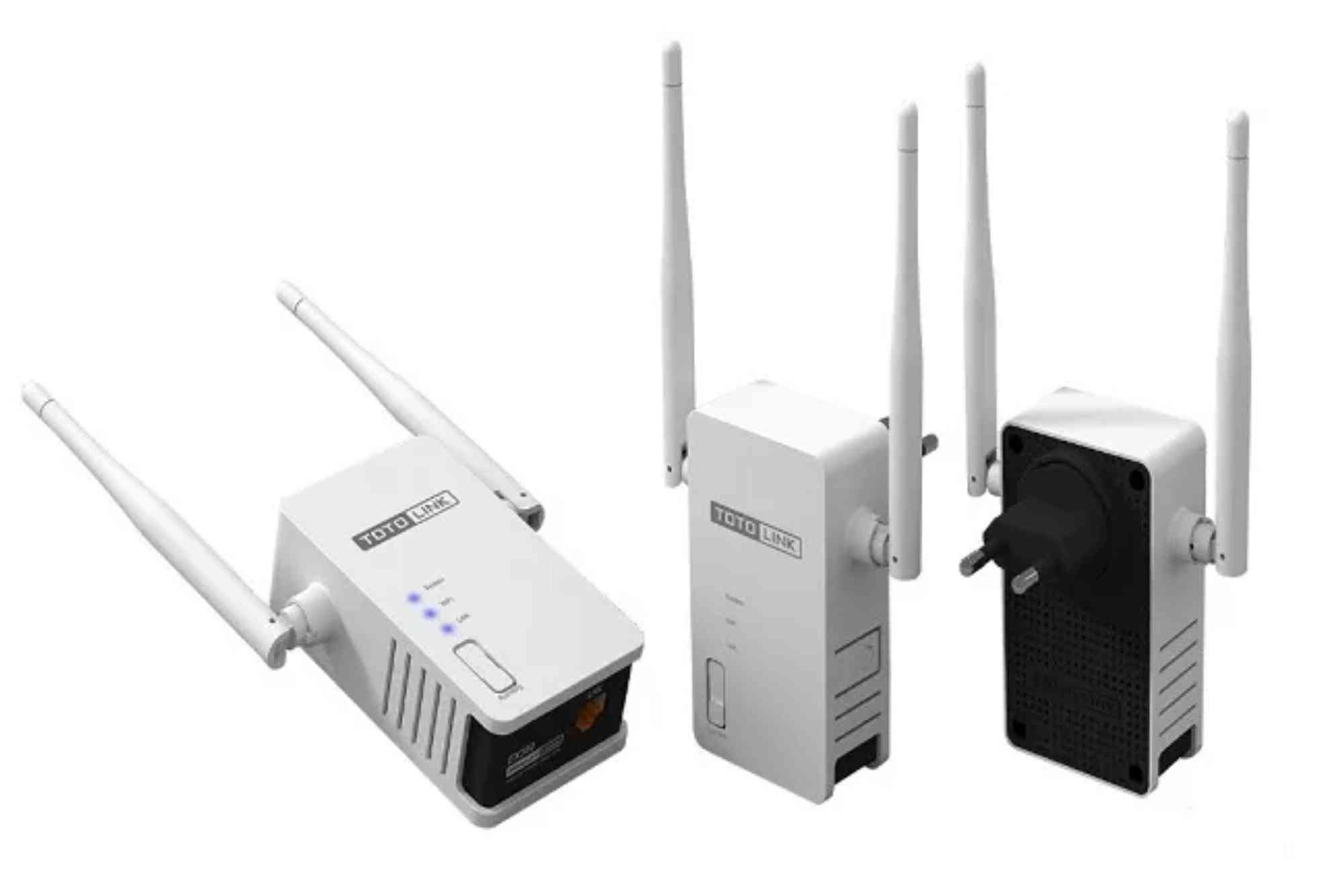Introduction
Few things are more frustrating than sitting down to work or stream and realizing your router is not assigning an IP address. Without a valid IP, your device cannot communicate with the internet. This issue can appear suddenly, leaving you offline and confused. The good news is that it’s usually fixable with the right steps. In this guide, we’ll explore why this happens and walk you through proven solutions to get back online quickly.
Why Does a Router Not Assign an IP Address?
When a router fails to assign an IP address, it means the Dynamic Host Configuration Protocol (DHCP) is not working as expected. Every device connected to your network requires a unique IP to function properly. If DHCP malfunctions, your device gets stuck without a valid connection. Common causes include outdated firmware, configuration errors, faulty cables, ISP issues, or even device conflicts.
Step-by-Step Fixes for Router Not Assigning IP Address
Restart Devices
A simple restart can solve many network problems. Power cycle your router and modem by unplugging them for 30 seconds, then reconnecting. Restart your computer or smartphone as well. This clears temporary glitches and re-establishes communication with DHCP.
Check Cable and Wi-Fi Connections
Loose Ethernet cables or weak Wi-Fi signals can block IP assignment. Ensure your cables are firmly plugged in and not damaged. For Wi-Fi, move closer to the router to see if the problem persists.
Verify DHCP Settings
Log into your router’s admin panel, usually accessed through a browser at 192.168.1.1 or 192.168.0.1. Look for the DHCP settings and make sure it’s enabled. If it’s disabled, your router cannot assign IP addresses to devices.
Update Router Firmware
Outdated firmware can cause compatibility issues. Visit the manufacturer’s website, download the latest firmware, and follow their update instructions. Modern routers often have an update option within their admin settings.
Assign a Static IP
If DHCP is unstable, you can manually assign a static IP. On Windows, open Network Settings, select your connection, and enter an IP address within your router’s range. On mobile devices, go to Wi-Fi settings, choose your network, and set a manual IP configuration.
Reset Router to Factory Settings
If none of the above works, consider a full reset. Press and hold the reset button on the back of your router for 10–15 seconds. This clears custom settings, so you’ll need to reconfigure your Wi-Fi afterward.
Contact Your ISP
Sometimes the problem isn’t with your equipment but with your Internet Service Provider. Call your ISP’s support line and explain the issue. They can verify if there’s an outage or if your router needs re-provisioning.
Advanced Troubleshooting Methods
Check for IP Conflicts
If two devices are assigned the same IP, neither will connect properly. In the router’s device list, ensure each device has a unique IP.
Use Command Prompt (Windows)
Open Command Prompt and type ipconfig /release followed by ipconfig /renew. This forces your device to request a new IP address from the router.
Reinstall Network Drivers
Corrupted drivers can prevent devices from accepting IPs. On Windows, open Device Manager, uninstall your network adapter, and restart your system. Windows will reinstall the driver automatically.
Switch Network Mode
Some routers have settings like IPv4, IPv6, or mixed mode. Switching modes in the admin panel can fix compatibility issues that block IP assignment.
Preventing Future IP Address Issues
To avoid repeating this problem, keep your router firmware up-to-date and reboot it occasionally. Limit the number of connected devices if your router has capacity limits. Use quality Ethernet cables and place your router in a central, interference-free location. Choosing a reliable ISP, such as Dhanote Internet Services, also ensures a more stable experience.
FAQ: Router Not Assigning IP Address
Why is my router not assigning an IP address to my device?
This usually happens when DHCP is disabled, the router firmware is outdated, or there are ISP issues.
How do I fix DHCP not working on my router?
Enable DHCP in the router’s admin panel, restart devices, and update the router firmware. If problems persist, reset the router.
Can a bad cable stop my router from assigning IP addresses?
Yes. Damaged or loose Ethernet cables can interrupt communication between your device and the router.
Should I use a static IP instead of DHCP?
Static IPs can help in cases where DHCP fails, but DHCP is more convenient for most users. Use static only if necessary.
When should I contact my ISP?
If none of the troubleshooting steps work and multiple devices fail to get IP addresses, call your ISP for support.
When your router is not assigning an IP address, it can feel like you’ve hit a wall. Fortunately, most solutions are straightforward, from rebooting devices to enabling DHCP or updating firmware. In rare cases, contacting your ISP may be necessary. Taking preventive steps, like maintaining your router and choosing a reliable provider, will reduce the chances of recurrence.








